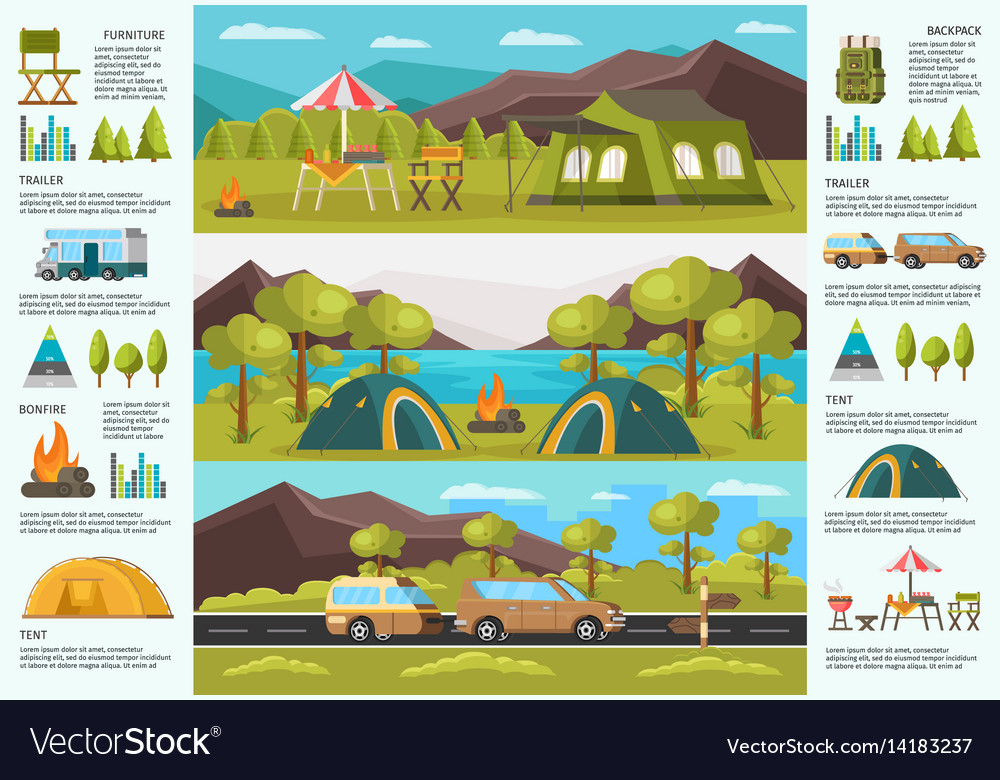While several campers concentrate on an outdoor tents's cover to shield them from rainfall, snow, and pests, the tent floor is similarly crucial. A top quality flooring uses protection from standing water, soggy mud, and sharp rocks.
At White Duck Outdoors, we provide free-floating vinyl floors that are customized to every outdoor tents size. This enables you to choose a flooring liner or utilize your own canvas tarpaulin as a liner.
Sturdiness
There are various types of floors readily available for wall camping tents. Free-floating floors are different pieces that you lay on the ground before constructing the outdoor tents, making them simple to establish. A sewn-in flooring is a little much more difficult, but it provides outstanding security from water and pests.
Nevertheless, the most effective choice is an outdoor tents floor lining. A liner is thick and forces any type of water or bugs to go under the flooring rather than via openings in the outdoor tents. It also lowers the quantity of dust that gets in the outdoor tents, making it easier to clean up and maintain.
All White Duck Outdoors wall surface outdoors tents feature a free-floating flooring consisted of, so you don't have to worry about buying and mounting one separately. We recognize the value of being able to customize your room and make camping more enjoyable. The free-floating flooring makes the tent less complicated to bring, tidy and store, deluxes that sewn-in or 3/4 floors do not offer.
Weather Resistance
When selecting a protective cover for commercial or logistical functions, climate resistance is commonly an essential variable. Canvas tarps are commonly made from natural materials, while vinyl tarpaulins feature sophisticated polymer engineering. This distinction in make-up leads to substantially different performance qualities, maintenance requirements, and suitable applications.
Vinyl tarps are perfect for long term industrial protection as a result of their longevity, water resistant features and chemical resistance. They also offer good UV protection and are lighter than canvas tarpaulins. These properties make them the recommended choice for covering equipment and creating short-lived frameworks.
Easy Upkeep
The sturdiness of vinyl floors and their resistance to wear and tear translates right into marginal upkeep demands. Wipe-downs with moderate soap and water are enough to keep them looking tidy, while persistent spots can frequently be removed without much effort.
On the other hand, canvas covers are most likely to take in dampness with time, causing mold and mildew and mold growth if not properly dried out or dealt with. Additionally, they may require even more regular waterproofing treatments to maintain their protective properties.
On top of that, a woven material like cotton is prone to piercing and tearing with time, making it more susceptible to harm from sharp items or abrasive surface areas. Plastic is engineered to resist these hazards better, positioning it as a superior selection for durable protection applications. On top of that, its artificial components supply remarkable sturdiness and longevity contrasted to canvas materials. Consequently, they tent poles commonly have a reduced environmental impact in regards to manufacturing and disposal. They additionally have a tendency to have a more functional personalization capacity, promoting the consolidation of elaborate designs and color design.
Environmental Influence
As with all items, it is very important to understand the environmental account of each material. This consists of everything from resources sourcing and production procedures to usage long life and end-of-life disposal options. This details allows organizations to make smarter options that straighten with sustainability goals while fulfilling operational requirements.
Sailcloth naturally straightens with eco-conscious goals as a result of its biodegradable nature and reduced production footprint. Its lighter weight converts to much less storage space and transportation requirements. Its reduced upkeep demands and longer life expectancy even more minimize overall expenditures.
Plastic, on the other hand, relies on artificial components for its sturdiness and climate resistance. Its chemical treatments need high power input. Vinyl's non-biodegradable buildings even more make complex recycling and waste monitoring protocols. Nevertheless, it does give exceptional waterproofing and UV deterioration resistance to exterior environments.
